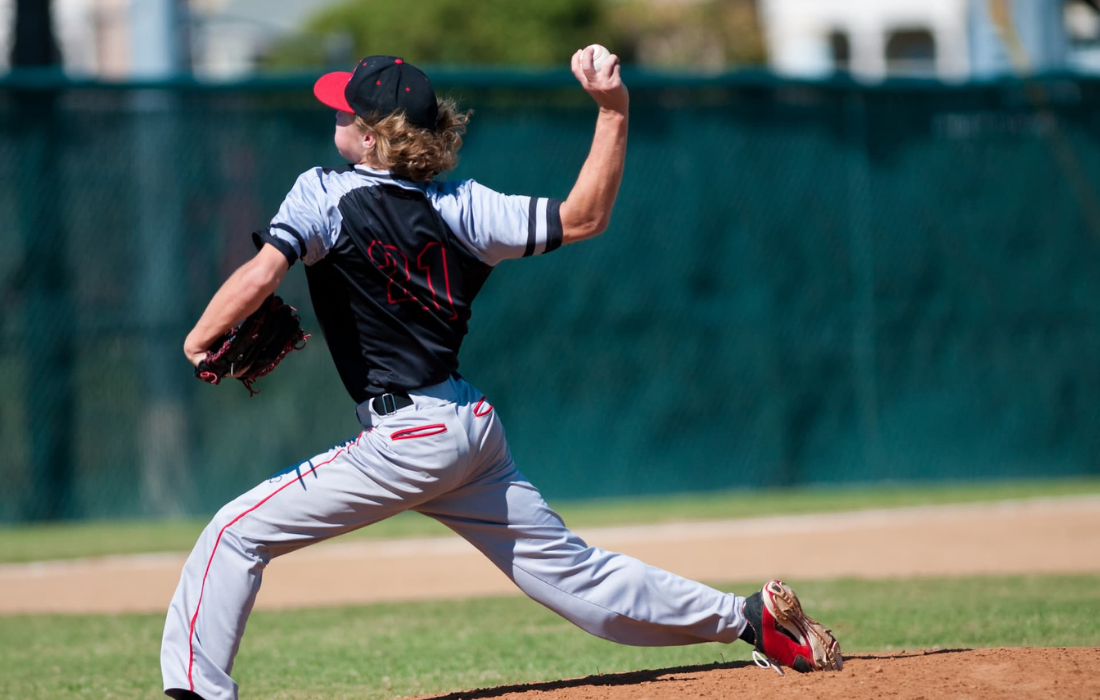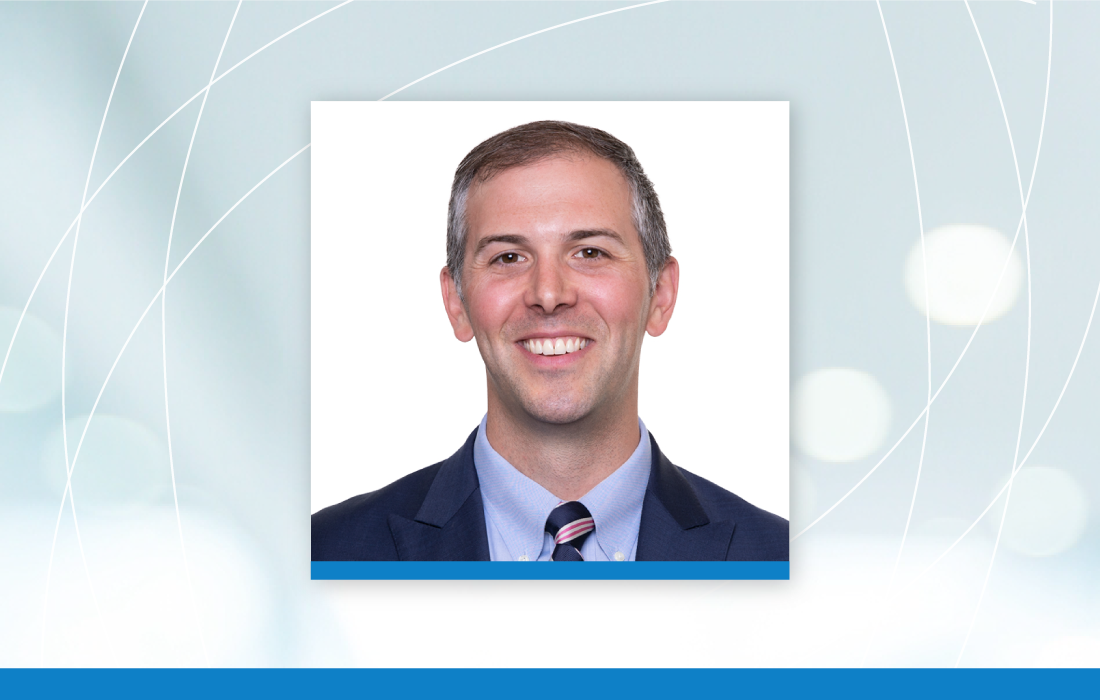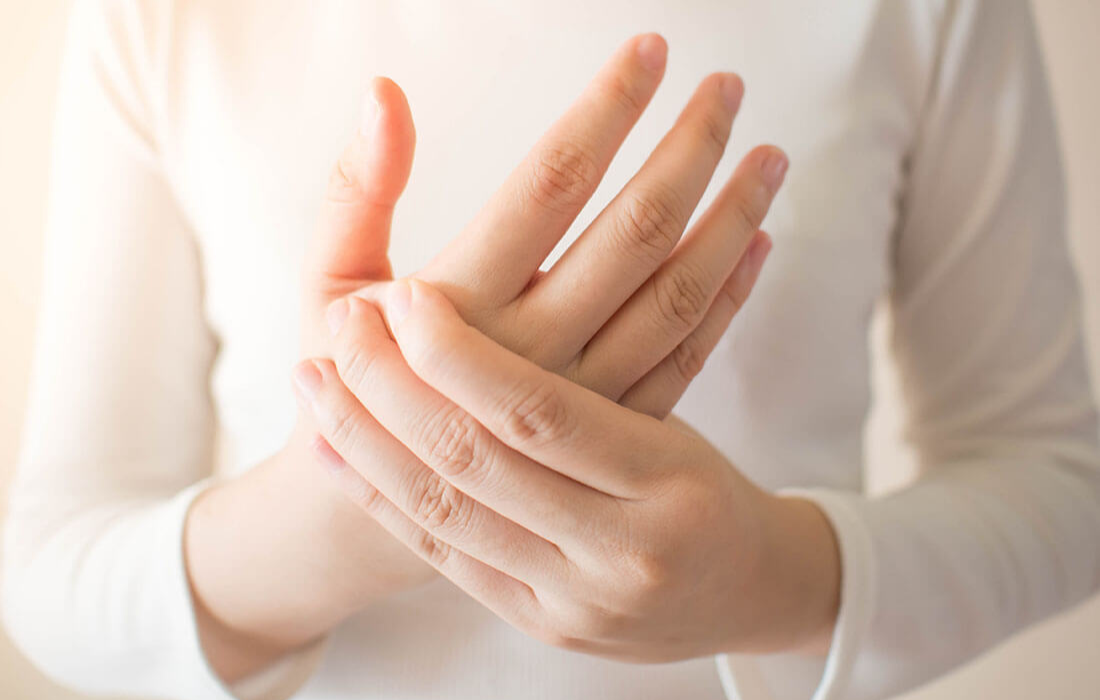The rotator cuff is a group of muscles and tendons surrounding the shoulder joint, holding the upper arm bone centered in its socket to help provide a stable joint for shoulder mobility. These muscles and tendons can become inflamed and torn from trauma or overuse, which results in pain.
Anatomy
The rotator cuff is comprised of four muscles and their tendons that cover the head of the humerus (upper arm bone):
The most commonly torn muscle of the rotator cuff is the supraspinatus, which is also the smallest of the four muscles. The supraspinatus muscle helps lift the arm away from the body.
Causes and Risk Factors
Rotator cuff tears may be partial or full thickness. One or several of the four rotator cuff tendons may be torn. Rotator cuff tendinopathy, which is an inflamed tendon is the most common cause of shoulder pain. Rotator cuff injuries may happen with repetitive overhead use of the arm, but can also occur after suffering acute trauma, such as falling on an outstretched arm.
Risk factors for incurring a rotator cuff injury include the following:
- Age. Rotator cuff tears are most common in people over 40, and risk increases with age. Rotator cuff tears are classified as a degenerative condition, as the blood supply to the rotator cuff may diminish with older age.
- Sports. Athletes in certain sports who must use repetitive arm motions have a greater risk of having a rotator cuff injury. Some examples include baseball, tennis, football, softball and weightlifting.
- Occupation. Any job involving repetitive, overhead motions can damage the rotator cuff. Carpentry, painting and other construction type occupations are some examples.
- Family history. A genetic component may be involved with rotator cuff injuries.
Rotator Cuff Repair Indications
Symptoms include the following:
- Dull ache deep in the shoulder
- Arm weakness
- Difficulty sleeping from shoulder pain
- Limited range of motion
Many rotator cuff injuries can be managed through nonsurgical treatments, such as anti-inflammatories, rest, ice and physical therapy. Surgery may be indicated if the injury does not improve with these nonsurgical treatments.
Pain that does not reduce or resolve completely is the main indicator for surgery. Those who need use of their arms for overhead work or sports may also be candidates for surgery. Other surgery indications include:
- Symptoms not responsive to physical therapy and/or an injection
- An acute tear from trauma
- Significant weakness and loss of function in the shoulder
- Enlarging tear caused by a recent, acute injury
Without treatment, rotator cuff problems may result in progressive degeneration of the shoulder joint. This degeneration causes permanent shoulder weakness, loss of motion and pain.
What Is a Rotator Cuff Repair?
Rotator cuff repair entails surgically reattaching the torn tendon(s) to the humerus bone. A partial tear may only need debridement, which is trimming or smoothing damaged tissue. Full surgical repair can be done through either an arthroscopic or open technique.
The type of repair is based on many factors, including anatomy, size of the tear, quality of the tendon tissue and bone, and the surgeon’s experience with a particular procedure. Other problems in the shoulder may also be addressed at this time, which also determines the type of procedure that is performed.
How a Rotator Cuff Repair Is Performed
Local anesthesia, or more often general anesthesia, is administered before rotator cuff surgery. If the surgeon uses regional anesthesia, medicine may also be given to induce sleepiness during the surgery.
- Open surgery. This type of surgery uses a three- to five-centimeter incision. The deltoid muscle is detached or split to give the surgeon access to the rotator cuff. During the procedure other problems such as bone spurs or impingement can be resolved as well. This type of repair is performed for large or complex tears.
- Arthroscopic surgery. Arthroscopic surgery uses small incisions, small surgical tools and a special camera (arthroscope). The camera is attached to a video monitor to guide the surgeon inside the shoulder. This type of surgery eliminates the need for a large incision and moving the deltoid muscle. Other procedures can be done with the arthroscope in addition to the rotator cuff repair.
In each type of surgery, the tendon(s) are re-attached to the bone. Small suture anchors are often used to help attach the tendon to the bone. The suture anchors do not require removal.
The incisions are stitched closed and a sterile dressing is applied. If arthroscopy was performed, many surgeons take pictures of the procedure from the video monitor to show the patient what damage was found and the repairs that were made.
Rotator Cuff Repair Recovery
Many people recover from rotator cuff injury with physical therapy exercises that improve flexibility, range of motion and strength of the muscles surrounding the shoulder joint.
Resting the shoulder is necessary for recovery at the beginning of the injury; however, immobilizing the shoulder for a prolonged period can cause a condition called frozen shoulder, also known as adhesive capsulitis. The connective tissue enclosing the joint becomes painful, thick and tight. Further treatment is needed for frozen shoulder.
Pain is present during recovery from rotator cuff surgery. Medications may be prescribed for pain management, including non-steroidal anti-inflammatory drugs (NSAIDs), opioids and local anesthetics. A combination may be given to reduce the need for addictive opioids. If opioids are prescribed, they should be discontinued as soon as pain improves.
Shoulder surgery recovery time
A sling may be prescribed to immobilize the shoulder for the first four to six weeks. Physical therapy will begin upon approval from the surgeon. Passive exercises (therapist moving the arm) are started first. Passive exercises are generally started two to six weeks after surgery and then active exercises without the help of the therapist are started. A strengthening exercise program is usually prescribed around eight to twelve weeks post-surgery.
Complete recovery may take several months. The majority of patients experience adequate strength and range of motion around four to six months after surgery. Patience and dedication to physical therapy are keys to a successful outcome.
Complications
A small percentage of patients experience surgical complications, which are a risk with any type of surgery. Complications of rotator cuff repair include:
- Infection
- Nerve damage
- Deltoid muscle detachment in open repairs
- Stiffness
- Re-tear of the tendon
If you have shoulder pain and suspect a rotator cuff injury, call our office to make an appointment or fill out our appointment request form.




